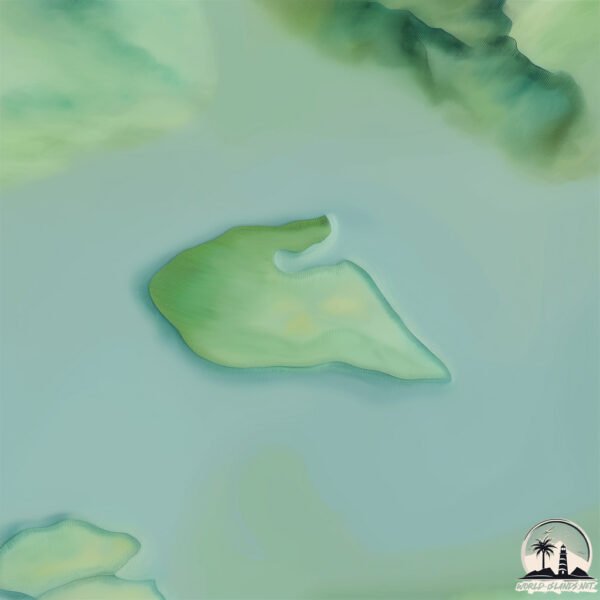Welcome to Ilha do Araçá , a Temperate island in the South Atlantic Ocean, part of the majestic Atlantic Ocean. This guide offers a comprehensive overview of what makes Ilha do Araçá unique – from its geography and climate to its population, infrastructure, and beyond. Dive into the details:
Geography and size of Ilha do Araçá
Size: 0.721 km²Coastline: 4.3 kmOcean: Atlantic OceanSea: South Atlantic OceanContinent: South America
Ilha do Araçá is a Tiny Island spanning 0.721 km² with a coastline of 4.3 km.
Archipel: –
Tectonic Plate: South America – A major plate covering the South American continent and part of the Atlantic Ocean, known for the Andes mountain range and significant seismic and volcanic activity.
The geographic heart of the island is pinpointed at these coordinates:
Climate and weather of Ilha do Araçá
Climate Zone: TemperateClimate Details: Humid Subtropical ClimateTemperature: Hot Summer
Climate Characteristics: With continuous rainfall and hot summers, this climate is common in some coastal regions, supporting diverse vegetation.
Topography and nature of Ilha do Araçá
Timezone: UTC-03:00Timezone places: America/Sao_PauloMax. Elevation: -48 m Mean Elevation: -75 mVegetation: Evergreen Broadleaf ForestTree Coverage: 75%
The mean elevation is -75 m. Remarkably, this unique island barely emerges above the sea level, showcasing nature’s fascinating interplay with the ocean. The island is characterized by Plains: Flat, low-lying lands characterized by a maximum elevation of up to 200 meters. On islands, plains are typically coastal lowlands or central flat areas.
Dominating Vegetation: Evergreen Broadleaf Forest
Vegetation: 2 vegetation zones – Low Diversity Island
Infrastructure and Travelling to Ilha do Araçá
Does the island have a public airport? no .
Does the island have a major port? no .
The mean population of Ilha do Araçá is 2 per km². Ilha do Araçá is Gently Populated. The island belongs to Brazil .
Continuing your journey, Ilha do Mel is the next notable island, situated merely km away.
Praia do Araçá na ilha de Jaguanum, na Costa Verde
A ilha de Jaguanum tem várias praias, porém algumas se destacam como a praia do Araçá.
Praia do Araçá na ilha de Jaguanum, na Costa Verde
A ilha de Jaguanum tem várias praias, porém algumas se destacam como a ...
A ilha de Jaguanum tem várias praias, porém algumas se destacam como a praia do Araçá.
praia de araçá ilha grande
Ilha da Vigia Grande e Praia do Araçá - Jaguanum - Itacuruçá @VoudeDrone ⁴ᴷ
Considerada um dos recantos de Itacuruçá, essa praia é de grande ...
Considerada um dos recantos de Itacuruçá, essa praia é de grande beleza e tranquilidade. Durante o verão, é bastante ...
Brazil is classified as Emerging region: BRIC: Brazil, Russia, India, and China – Economies noted for their rapid growth and increasing influence on global affairs. The level of income is Upper middle income.
News – Latest Updates and Headlines from Ilha do Araçá
Stay informed with the most recent news and important headlines from Ilha do Araçá. Here’s a roundup of the latest developments.
Loading...
Please note: The data used here has been primarily extracted from satellite readings. Deviations from exact values may occur, particularly regarding the height of elevations and population density. Land area and coastline measurements refer to average values at mean high tide.

